| Title | Chaos;Child |
| Released | December 18, 2014 (JP) January 22, 2019 (WW) |
| Developer | MAGES. Inc. |
| Publisher | Spike Chunsoft Co., Ltd. |
| Platforms | |
| Genre | Horror, Visual Novel, Adventure |
| Rating | M |
Completed on Steam with the CoZ patch.
HowLongToBeat Time: 52 Hours | My Clear Time: 103 Hours (100% Achievements + idling time)
Background
Chaos;Child was developed by MAGES. and released in 2014 as a thematic successor to Chaos;Head Noah, the first entry in the Science Adventure series. Unlike its predecessor, which remained largely niche outside Japan for years, Chaos;Child received multiple ports and an official localization, making it more accessible globally.
The development followed a structured process, with creator Chiyomaru Shikura outlining themes and scientific concepts that guided scenario writers and directors. Producer Tatsuya Matsubara noted the challenge wasn’t budget but finding skilled CG designers and background artists to maintain high visual quality. Scientific research, drawn from Shikura’s provided books and recent news, grounded the game’s psychological and technological elements (Martin, 2022).
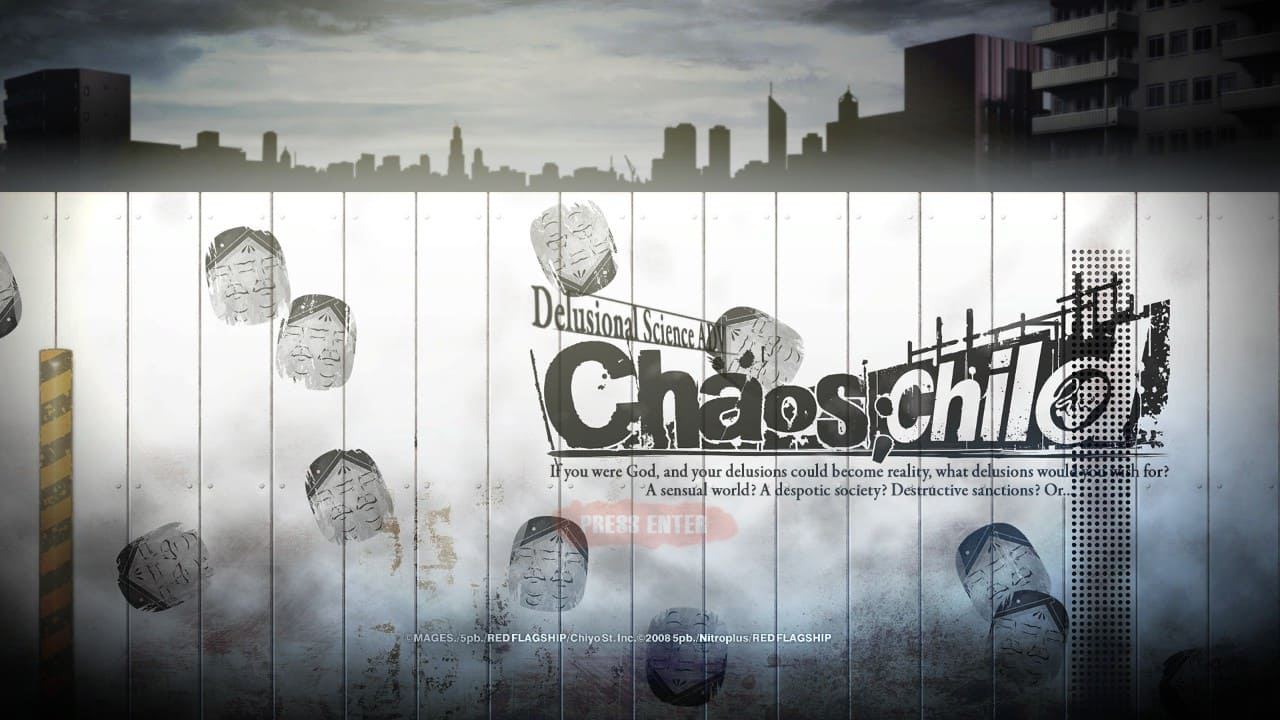
The title screen teases the chaos to come with sumo mascots and existential dread.
The development team for Chaos;Child includes:
- Matsumoto Yuusuke, Kajioka Toshihiko (Main Director, Director): Chaos;Head, Steins;Gate 0
- Yuusuke known for Chaos;Head, Chaos;Head Noah, Saya no Uta
- Kajioka known for ROBOTICS;NOTES, CHAOS;CHILD, STEINS;GATE 0
- Hayashi Naotaka (Scenario, Planning)
- Known for Chaos;Head, Chaos;Head Noah, Steins;Gate, Robotics;Notes, Steins;Gate 0.
- Shikura Chiyomaru (Scenario, Planning; Producer)
- Known for Chaos;Head, Chaos;Child, Steins;Gate.
- Sasaki Mutsumi, Matsuo Yukihiro (Character Designer, Assistant)
- Sasaki known for Chaos;Head, CHAOS;HEAD NOAH, Chaos;Child.
- Matsuo known for CHAOS;HEAD NOAH, ROBOTICS;NOTES, STEINS;GATE 0
- Abo Takeshi (Composer)
- Known for Famicom Detective Club: The Girl Who Stands Behind, The Missing Heir (2021, arranged scores), Steins;Gate, Chaos;Head Noah.
Experience
I’ve spent over a decade with the Science Adventure series, starting with Steins;Gate, which solidified my love for its mix of science fiction, conspiracy, and psychological complexity. I’ve since played the visual novels in chronological order, with Robotics;Notes Elite as my latest and Chaos;Head Noah as my favorite. Chaos;Child had big shoes to fill, and I dove in eager to see how it measures up.
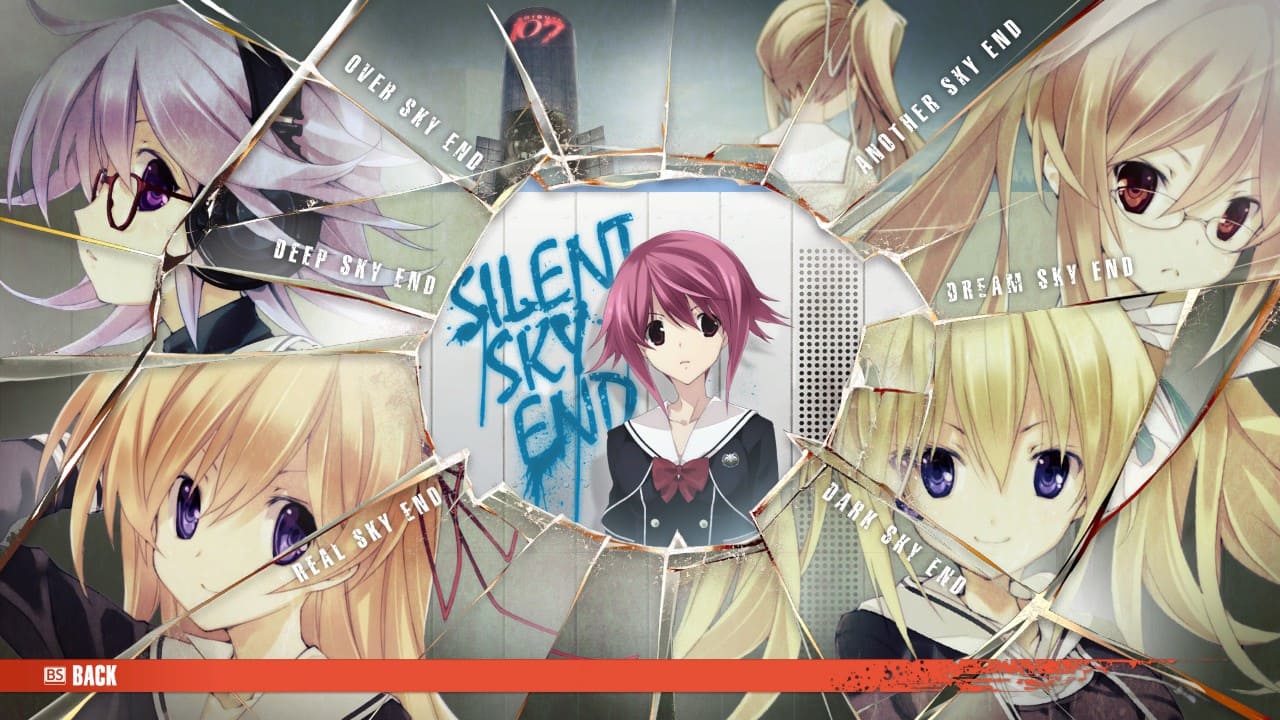
Every girl’s story completed, including the elusive Silent Sky.
Impressions
Introduction
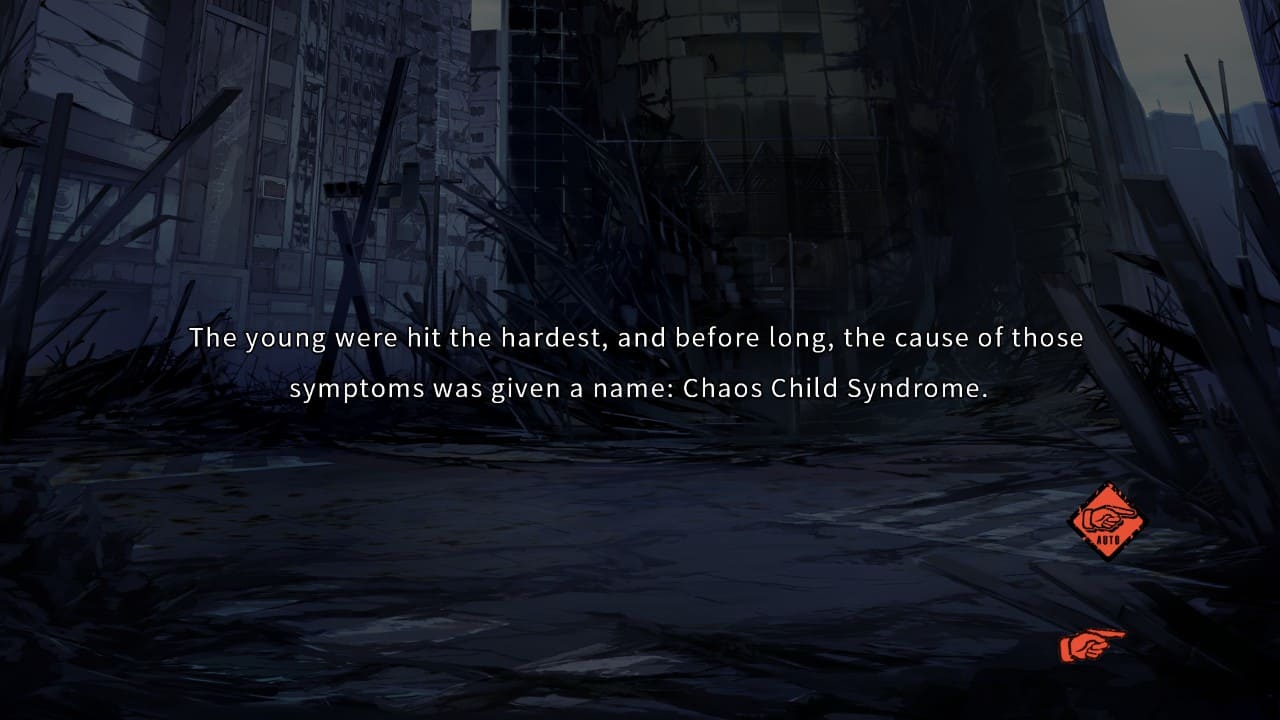
A city shattered as Chaos Child Syndrome takes hold.
In Chaos;Child, reality frays as Takuru Miyashiro, a high schooler and Shibuya Earthquake survivor, probes gruesome murders tied to Chaos;Head Noah’s “New Generation Madness.” His newspaper club’s investigation spirals into psychological horror, conspiracy, and existential dread, questioning what’s real.
Gameplay and Mechanics
As a visual novel, Chaos;Child delivers a text-driven experience where player choices shape the narrative. The game features multiple branching routes, with decisions influencing character interactions, plot progression, and ultimately, the ending. Two core mechanics define how players engage with the story:
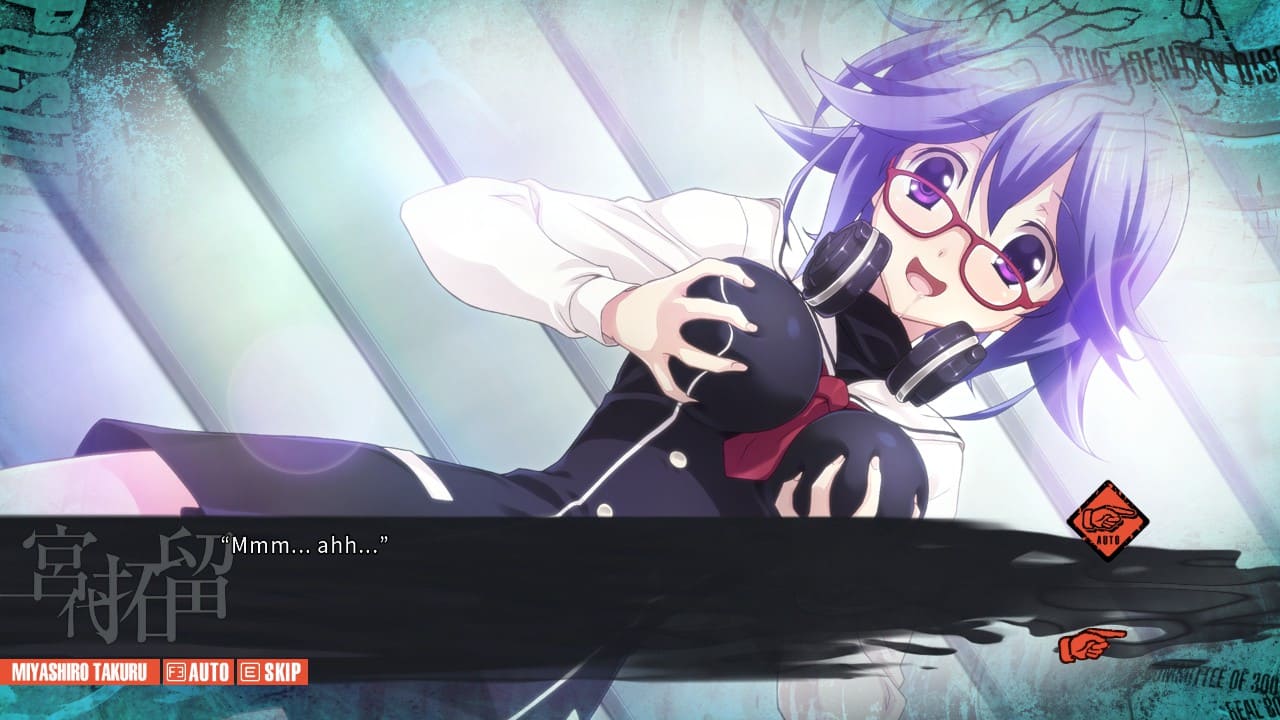
A moment of positive delusion for Taku.
- Delusion Trigger System – A returning mechanic from Chaos;Head Noah, allowing players to choose between positive, negative, or neutral delusions. These choices influence Takuru’s perception of reality and, in some cases, alter the course of events. The system deepens the psychological horror by making players question what is real.
- Mapping Trigger System – A new investigative mechanic requiring players to analyze key events and piece together crucial connections using an interactive map. This adds a detective-like element, reinforcing the thriller aspects of the game.
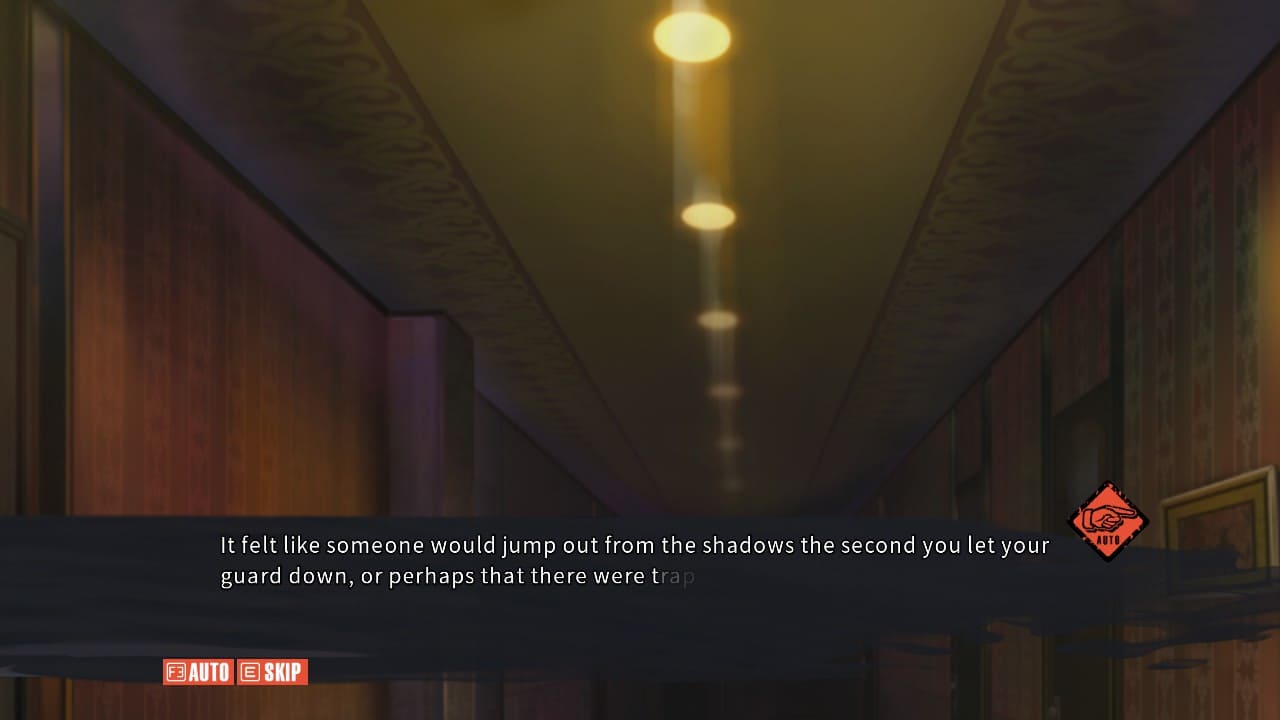
Taku senses danger lurking in the shadows.
Beyond its mechanics, Chaos;Child is a gripping psychological thriller where perception and reality blur in unsettling ways. The story unfolds through multiple routes. Each route peels back new layers of mystery, challenging players to question what they think they know. The writing leans heavily into paranoia, conspiracy, and psychological horror, crafting an atmosphere that lingers long after the game is finished.
While Chaos;Child certainly delivers more twists than Chaos;Head Noah, there comes a point where the sheer number of twists becomes overwhelming. By the time the mastermind is revealed, it felt not only out of left field but also lacked the emotional impact the game was likely aiming for. The main route sets a strong foundation, providing a solid base for the branching paths, which offer deeper insight into the characters and expand on the overarching mystery. These additional routes don’t just provide alternative perspectives—they fundamentally reshape the player’s understanding of past events.
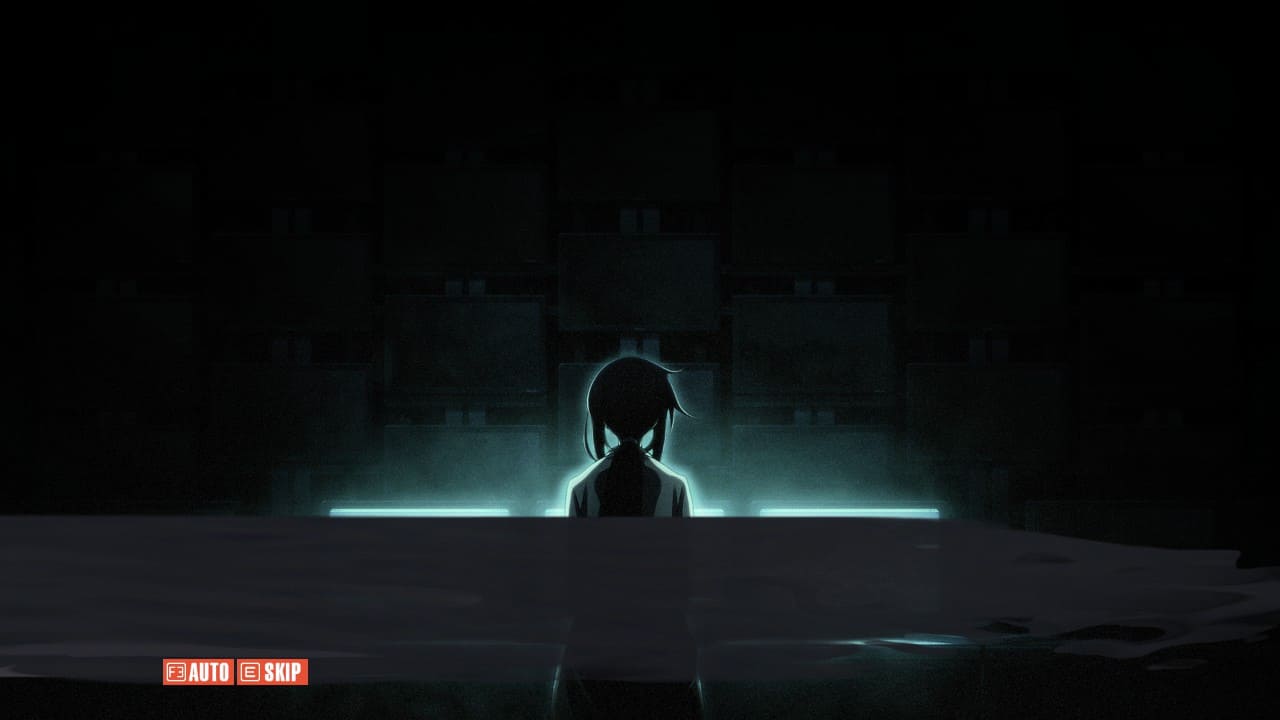
Mio focuses intensely under the blue glow of her computer.
Through its intricate structure, Chaos;Child rewards players who fully immerse themselves in its twists, unsettling imagery, and emotionally charged moments. But while the constant barrage of surprises keeps things intense, it eventually becomes overwhelming, slightly diminishing the impact of the final reveals. Still, Chaos;Child delivers a gripping narrative, with a cast that continually challenges players’ perceptions and tolerance. With all this in mind, let’s look at the game’s overall impact and how it compares to its predecessors.
While Chaos;Child lacks a chapter select feature like Chaos;Head Noah, it includes the expected quality-of-life features for a visual novel to aid progression and exploration:
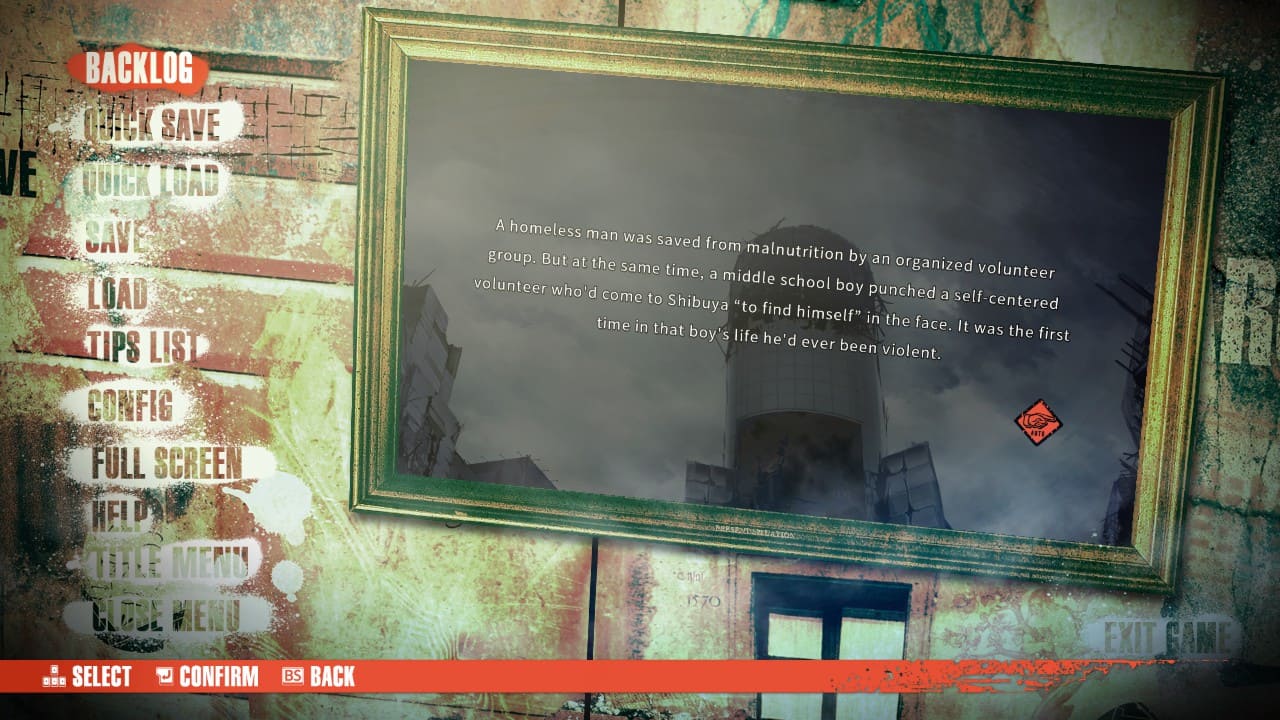
The menu overlays the current cutscene during gameplay.
- Save/Load feature
- Tips List for understanding terms
- Quick Save & Quick Load
- Backlog for reviewing prior text from conversations
- Settings
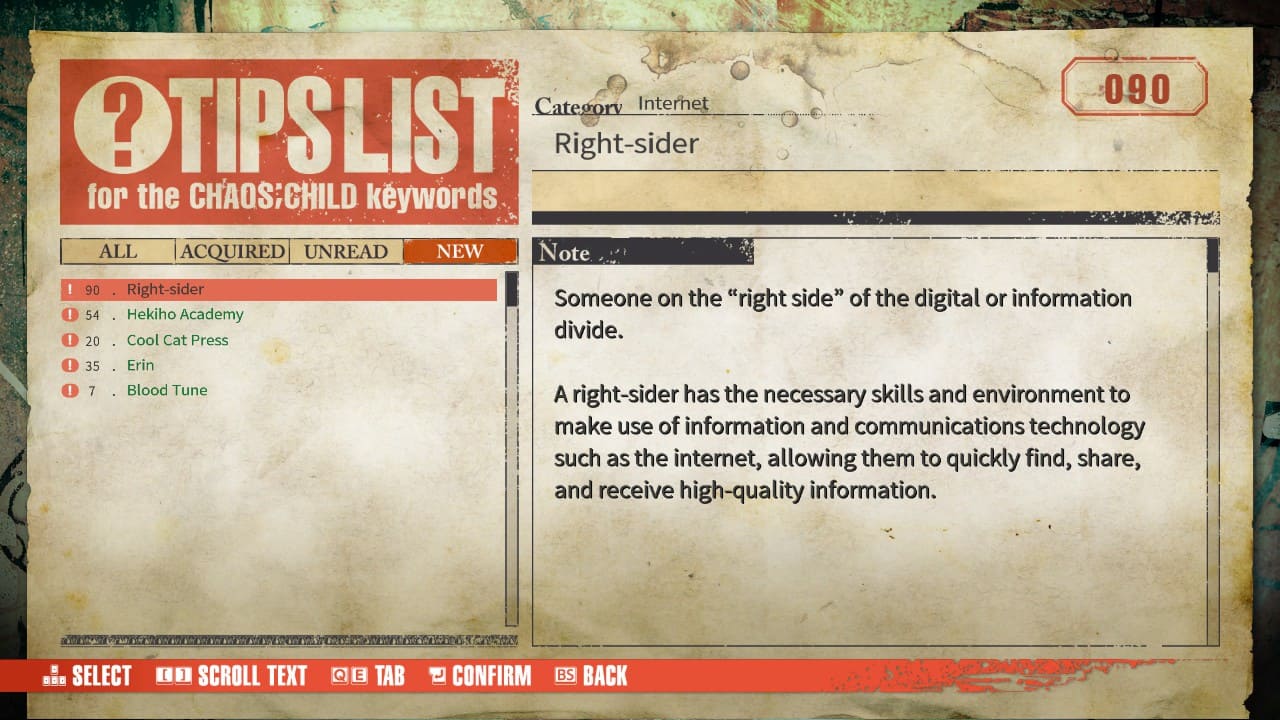
The tips list explains the term used for those skilled at navigating digital information.
Unlocking all routes is essential for experiencing the full narrative. I recommend using a guide to save at crucial moments to minimize the number of full playthroughs needed. The game rewards those who take the time to explore every possibility, revealing hidden connections and unexpected twists.
Art & Audio
Chaos;Child shows a clear evolution in visual style from Chaos;Head Noah. The sharper contrast between characters and environments makes the character sprites pop, enhancing the visual impact. The sleek, modern UI complements the immersive atmosphere.
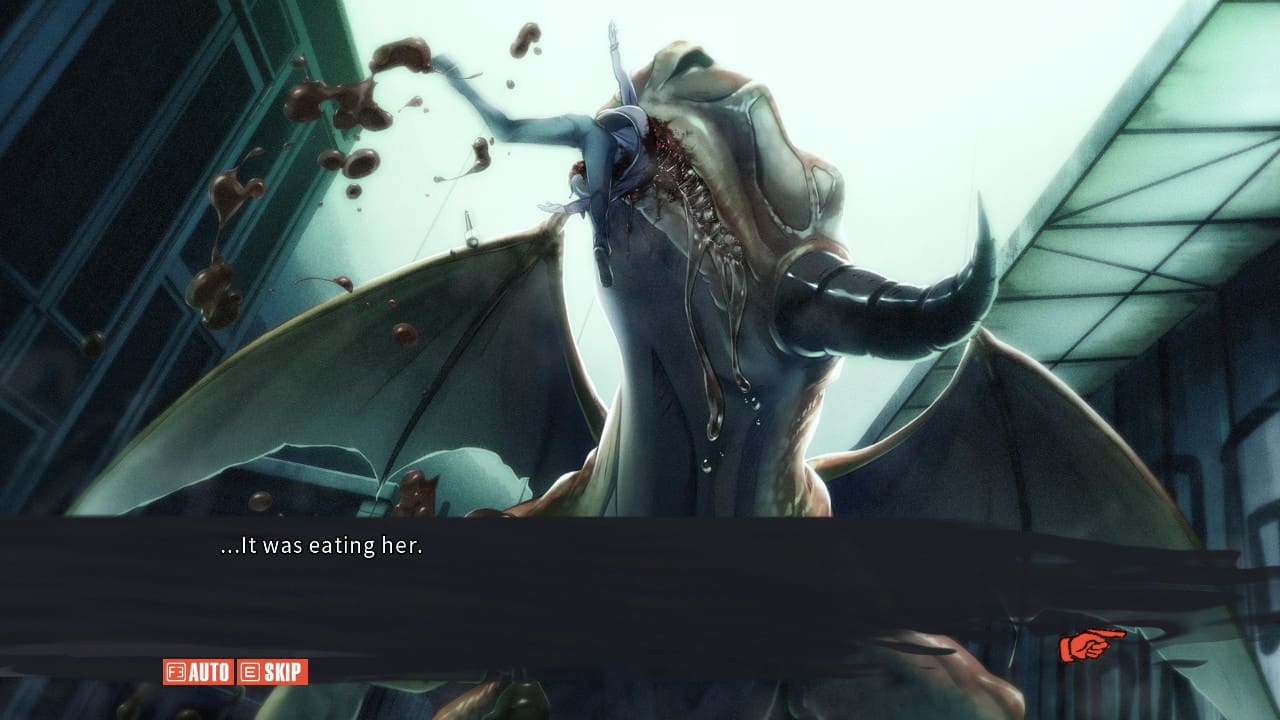
A horrifying scene as a monstrous creature devours its victim.
The CG artwork is a highlight, with detailed images that capture both the emotional weight of key moments and the grotesque horror elements, heightening tension. The game doesn’t shy away from depicting violent crime scenes and disturbing hallucinations, keeping the player on edge.
Takeshi Abo’s soundtrack masterfully shifts between eerie atmospheres and intense dramatics, enhancing Chaos;Child’s psychological tension. Tracks like “Visible Essence“ create an unsettling ambiance, while “Revived Shibuya -another-“ injects a sense of urgency and mystery. “Dusk“ brings a melancholic weight to emotional moments, reinforcing the game’s darker themes, and “Peak Level“ escalates high-stakes scenes with its pulse-pounding intensity. Each piece adds depth to the narrative, making the soundtrack an essential part of the experience.
Producer Tatsuya Matsubara explained the use of bright, uniquely colored hair in an interview with Kiri Kiri Basara:
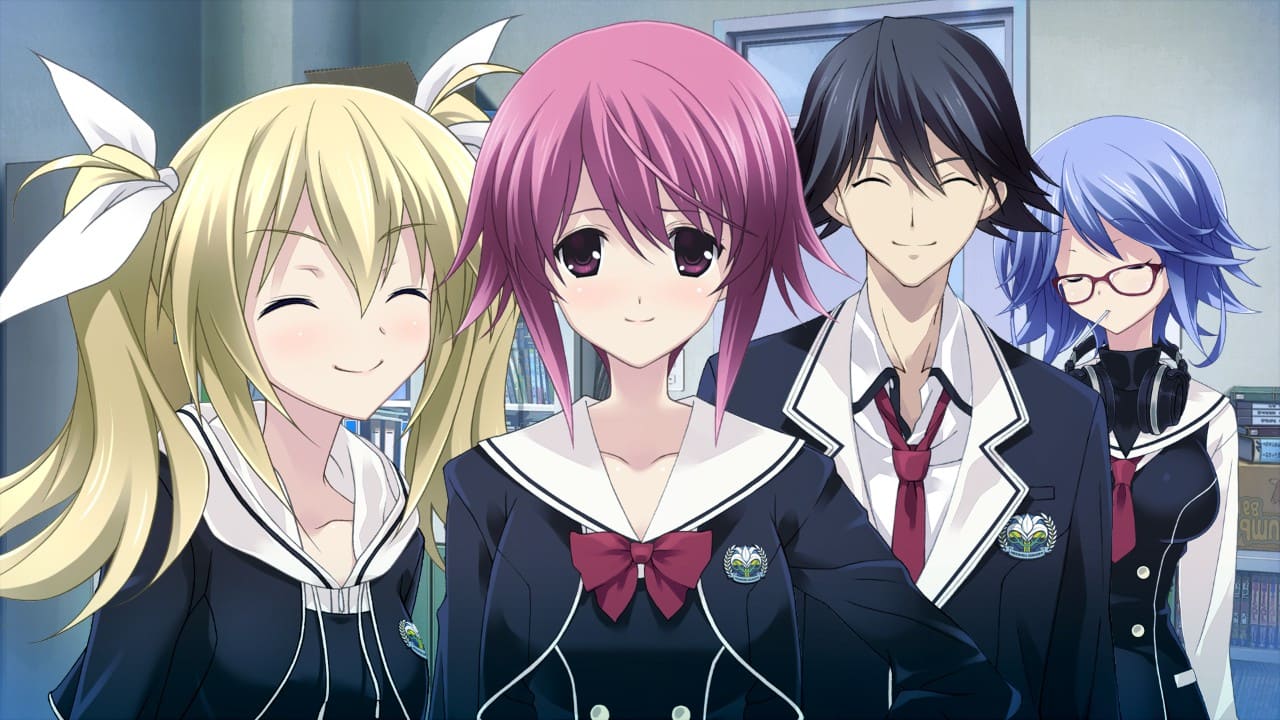
Taku and the others share a fleeting smile in the classroom.
“It follows the format of the so-called ‘gal games’ that were popular in Japan in the 1990s. In that era, to add personality, it was common for characters to have flashy hair colors. With Chaos;Head, we wanted to take the approach that the game looks like a good old-fashioned ‘gal game,’ but when you play it, you will find that it is completely different.”
Martin (Kiri Kiri Basara)
This artistic choice ties into the game’s broader visual and thematic contrast.
Unique Features and Mechanics
Chaos;Child brings back the Delusion Trigger system from Chaos;Head Noah while introducing a new mechanic, the Mapping Trigger, both of which deepen player agency and psychological engagement within the story.
Delusion Trigger:
- A unique twist on visual novel choices, adding psychological depth.
- Players can choose between positive, negative, or neutral delusions, affecting Takuru’s mental state, the tone of scenes, and in some cases, the narrative outcome.
- This system enhances the psychological horror elements, making players question what’s real and what’s the product of a fractured mind.
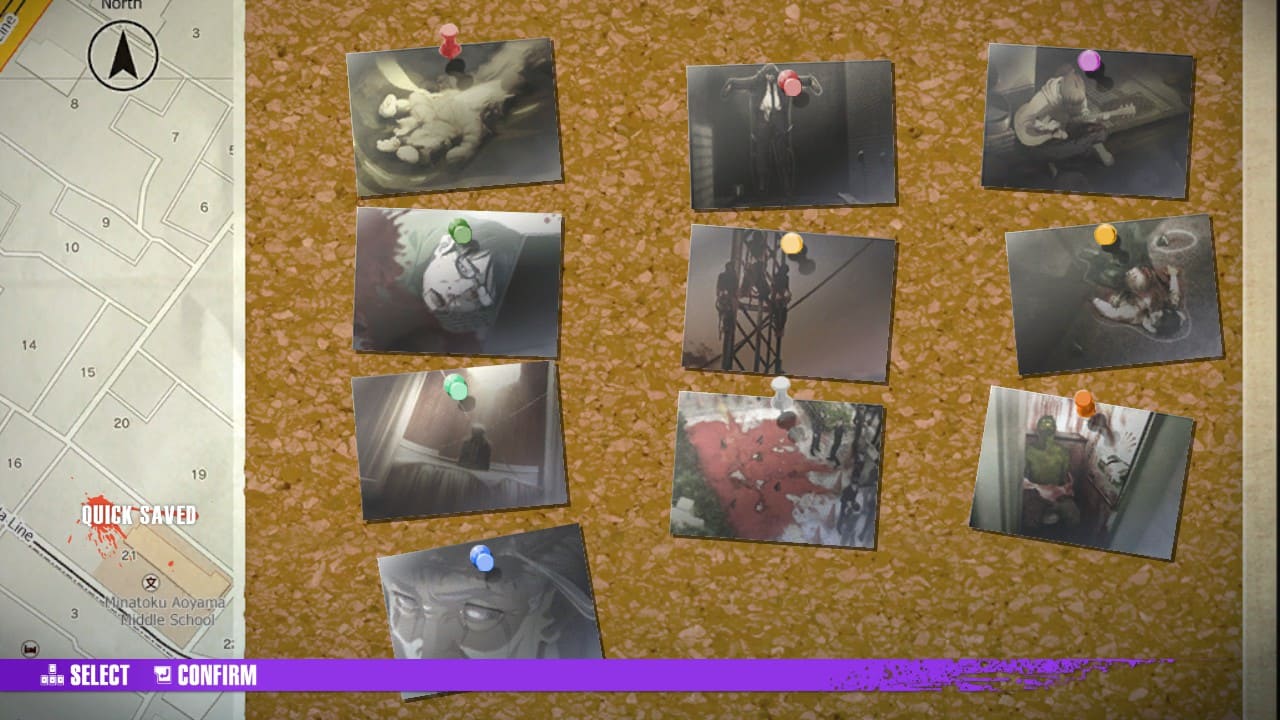
The Mapping Trigger connects Chaos;Child to the brutal legacy of Chaos;Head Noah.
Mapping Trigger
- A new feature that requires players to piece together key events using an interactive map, adding an investigative element to the storytelling.
- Forces players to analyze the flow of incidents and make informed decisions, reinforcing the detective thriller aspect of the game.
- Raises the stakes by making logical deductions a crucial part of progression, rather than simply following a linear route.
Tense, Horror-Infused Atmosphere:
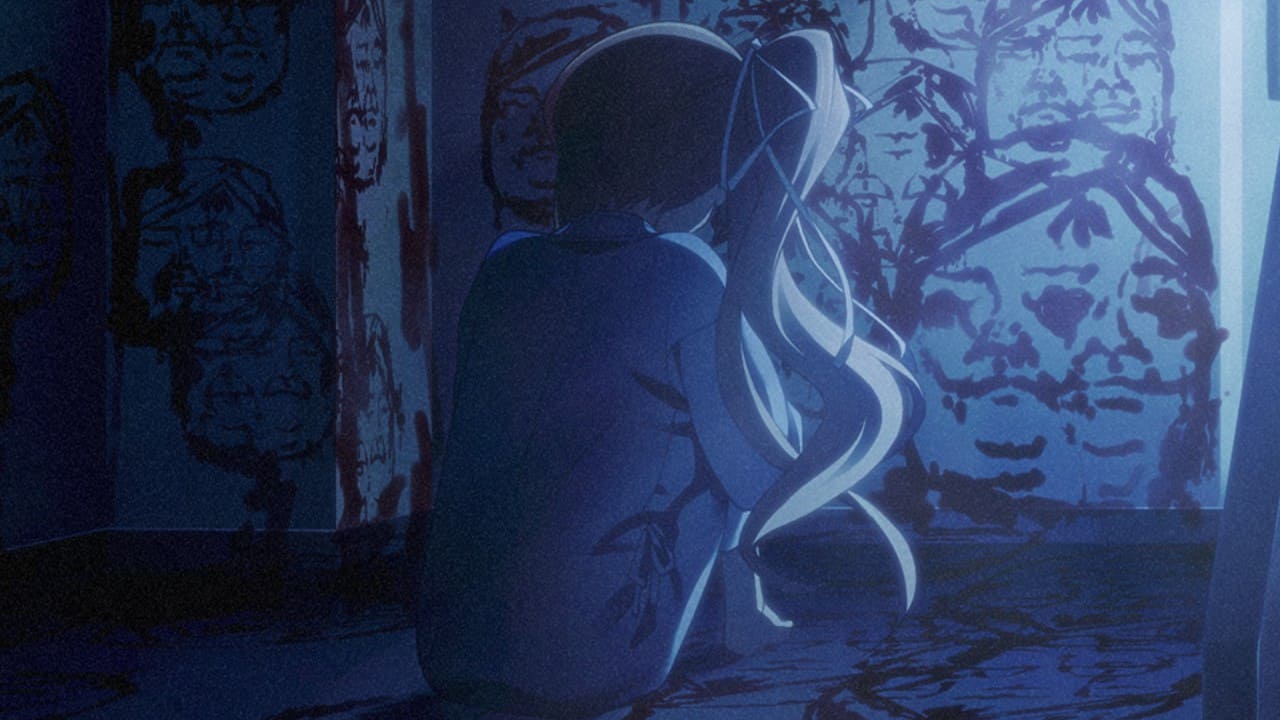
A haunting cutscene reveals the psychological and physical toll of the chaos.
- Out of the visual novels I’ve experienced, few capture psychological horror as effectively as Chaos;Child.
- The blend of grotesque imagery, immersive sound design, and the protagonist’s unstable perspective keeps players on edge.
- The fear factor isn’t just from shocking visuals—it’s in the creeping realization that the world itself may be conspiring against Takuru, making every choice feel heavy with consequence.
Seiyuu Performances
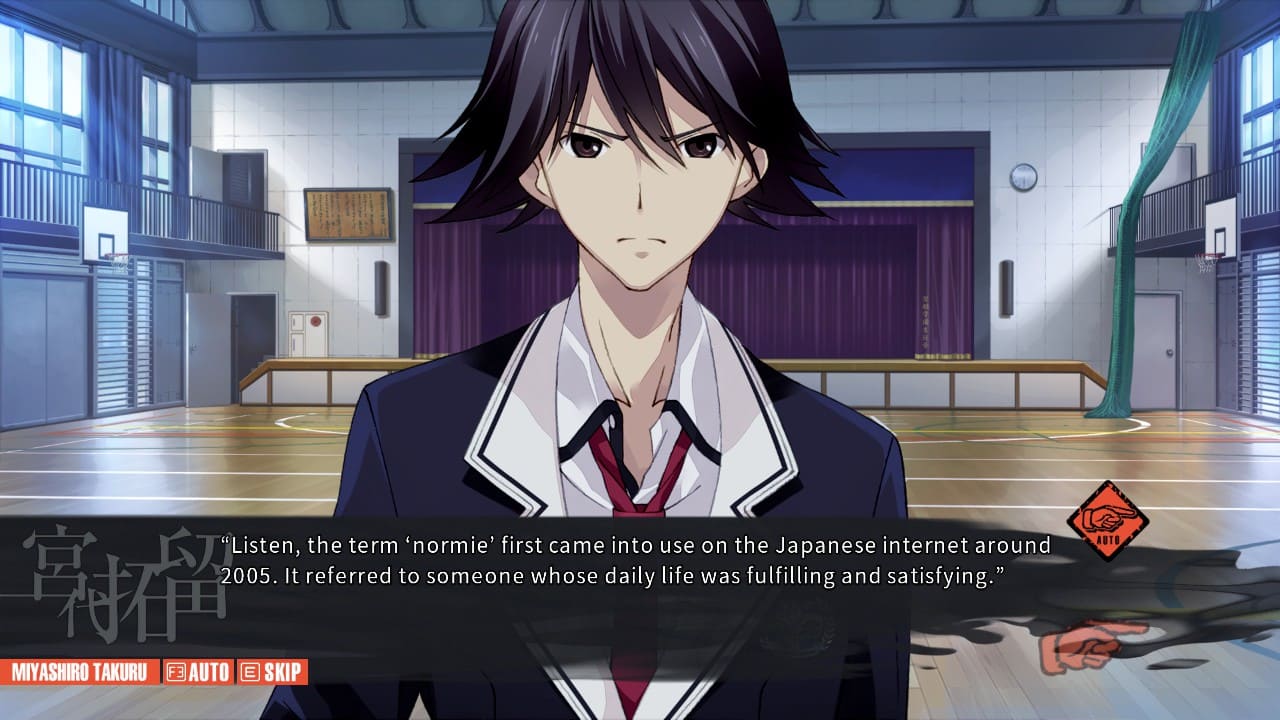
Takuru casually lectures on internet slang while paranoia brews around him
The voice cast of Chaos;Child plays a crucial role in bringing its psychological horror elements to life. Yoshitsugu Matsuoka’s performance as Takuru is a highlight, as he skillfully captures the character’s shift from rationality to fear and paranoia. The supporting cast, including Sumire Uesaka, Sarah Emi Bridcutt, and Risa Taneda, also deliver strong performances that further immerse players in the grim narrative. The voice acting heightens the tension, making each scene feel emotionally charged, whether it’s a moment of calm or a peak of horror.
The seiyuus for Chaos;Child include:
- Yoshitsugu Matsuoka
- Known for Kirito from Sword Art Online, Sora from No Game No Life, Xiao from Genshin Impact
- Sumire Uesaka
- Known for Exia/Drake from Nikke: Goddess of Victory, Lum Invander from Urusei Yatsura (2022), Deutschland/Warspite from Azur Lane
- Sarah Emi Bridcutt
- Known for Constance from Fire Emblem, Blue Mary from The King of Fighters, Salome from Fate/Grand Order
- Risa Taneda
- Known for Xenovia from High School DxD, Yui from Princess Connect!, Mash/Kiyohime from Fate/Grand Order
- Inori Minase
- Known for Furina from Genshin Impact, Rem from Re;Zero, Reines from Fate/Grand Order
- Atsushi Abe
- Known for Atsuro Kihara from Shin Megami Tensei: Devil Survivor, Toma Kamijo from Certain Magical Index, Wise from Zenless Zone Zero
Verdict
Chaos;Child builds on the foundation of Chaos;Head Noah, refining and expanding the concepts without relying too heavily on callbacks. It’s a natural evolution of its predecessor, introducing new features like the Mapping Trigger System and deepening the psychological horror elements, all while carving its own path.
The narrative is gripping, packed with twists that keep you questioning reality. While the constant barrage of surprises can be overwhelming at times, the writing keeps you hooked with a compelling story, an endearing cast, and a constant challenge to test how much you’ll tolerate from the characters. The atmosphere of paranoia and tension lingers long after the game ends.
The art and music enhance the experience, with striking visuals and a haunting soundtrack that amplifies the emotional impact. Though it lacks the chapter select feature of its predecessor, it still offers all the necessary quality-of-life features for smooth progression.
At the time of writing, Chaos;Child stands as my second favorite Science Adventure title, a testament to how it refines the series’ formula while staying fresh and engaging.
TLDR
CHAOS;CHILD (PC)
9
Excellent
Summary: Chaos;Child builds on Chaos;Head Noah’s foundation with a gripping narrative, strong character development, and a series of thought-provoking twists. The game rewards players who’ve experienced prior entries, delivering an intense psychological thriller with deep ties to the Science Adventure universe. Its refined art style, atmospheric music, and talented seiyuu cast elevate the experience.
While the sheer number of twists can be overwhelming at times, and the pacing may fatigue some players, it remains an impressive and memorable entry in the series. As always, the Committee of Zero patch is highly recommended.
References
- Chaos;Child Xbox One Opening – English Subtitled
- Martin. (2022, October 1). Adventures into chaos; – an interview with SciADV producer Tatsuya Matsubara. Kiri Kiri Basara.
- Mia. (2021, April 6). Chaos;Child 100% Guide. Kiri Kiri Basara.
- Visible Essence – Takeshi Abo
- Revived Shibuya -Another- – Takeshi Abo
- Dusk – Takeshi Abo
- Peak Level – Takeshi Abo


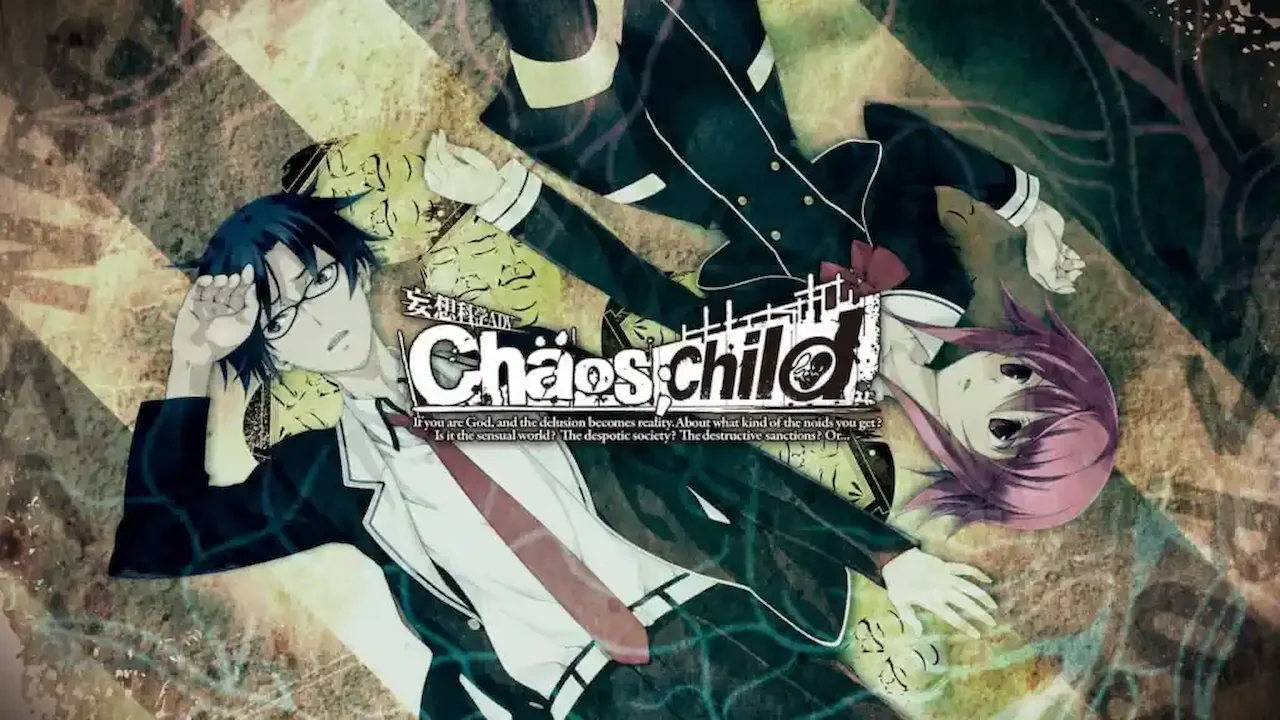
Leave a Reply